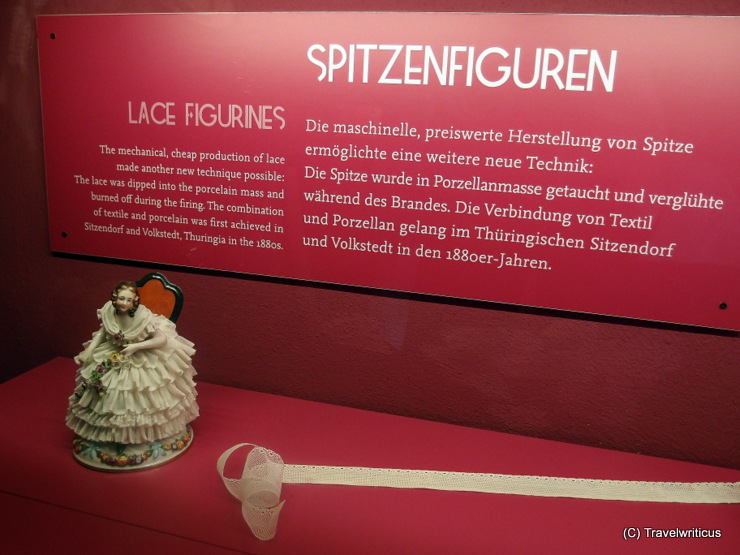
The clever use of lace for creating patterns in porcelain pieces was first achieved in the German state of Thuringia in the 1880s. The origin of lace figurines is one of several techniques explained in the Porcelain Worlds of Leuchtenburg Castle.
You only see what you know (Goethe)

The clever use of lace for creating patterns in porcelain pieces was first achieved in the German state of Thuringia in the 1880s. The origin of lace figurines is one of several techniques explained in the Porcelain Worlds of Leuchtenburg Castle.
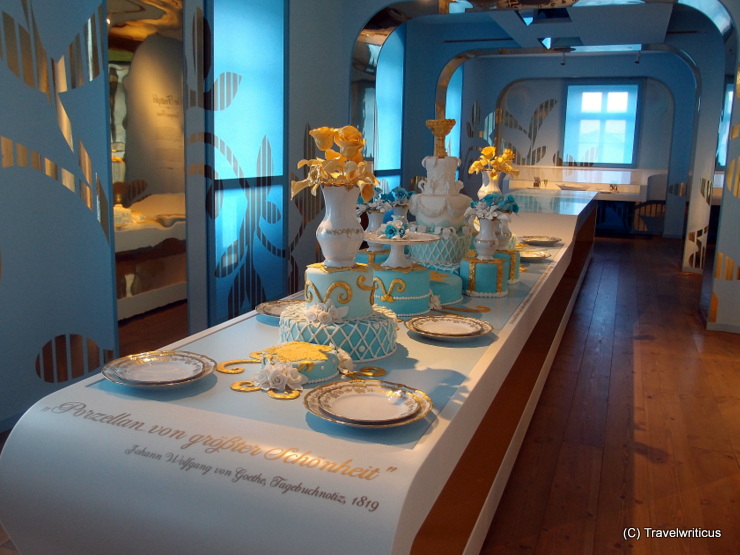
In the halls of Leuchtenburg Castle you can vist an excellent exhibition about the history of porcelain.
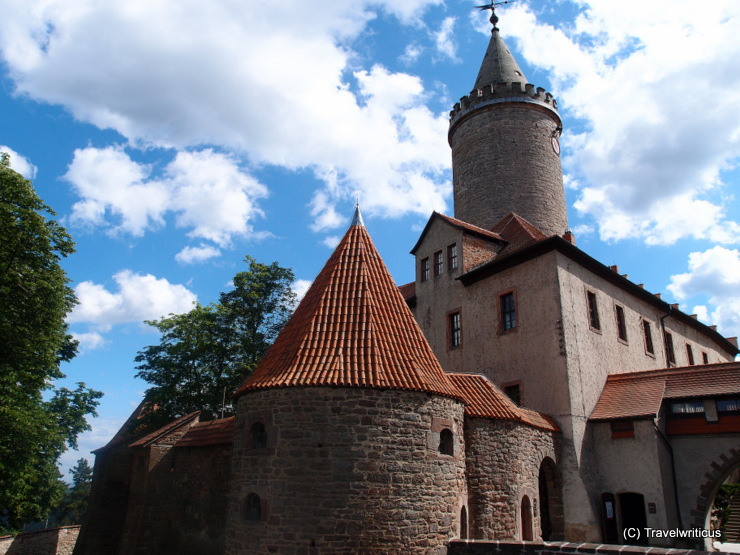
View of Leuchtenburg Castle taken from the skywalk nearby. Inside you can visit an excellent exhibition about the history of porcelain at the Porcelain Worlds or having a piece of XXL sheet cakes (Blechkuchen) at the tavern.
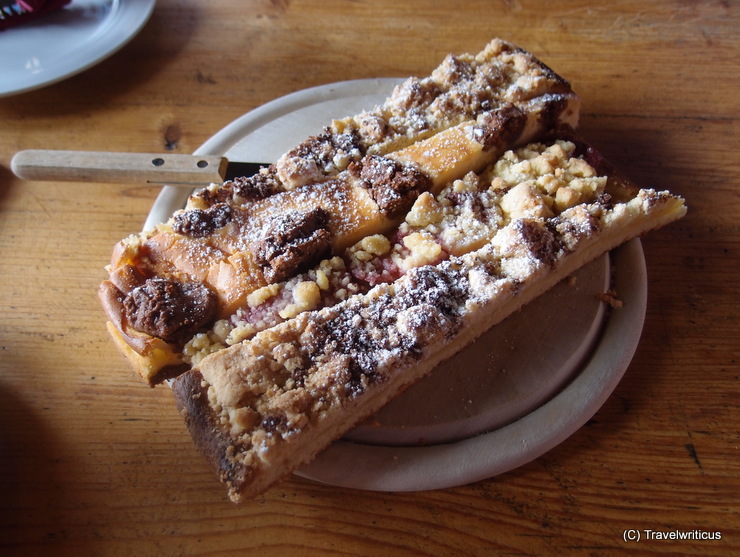
A traditional dish in Thuringia are sheet cakes (Blechkuchen). I had some of them at the tavern of Leuchtenburg Castle which is known for offering XXL versions of sheet cakes.
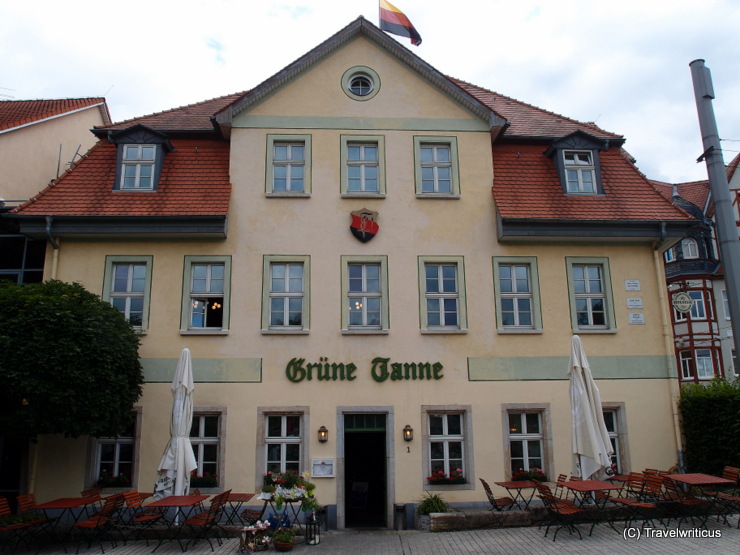
The first German student fraternity (Burschenschaft) was founded in this inn in 1815. Therefore, this Burschenschaft is also called Urburschenschaft. An interesting detail is the flag on top of the building. It shows an upside-down version of the modern German flag.
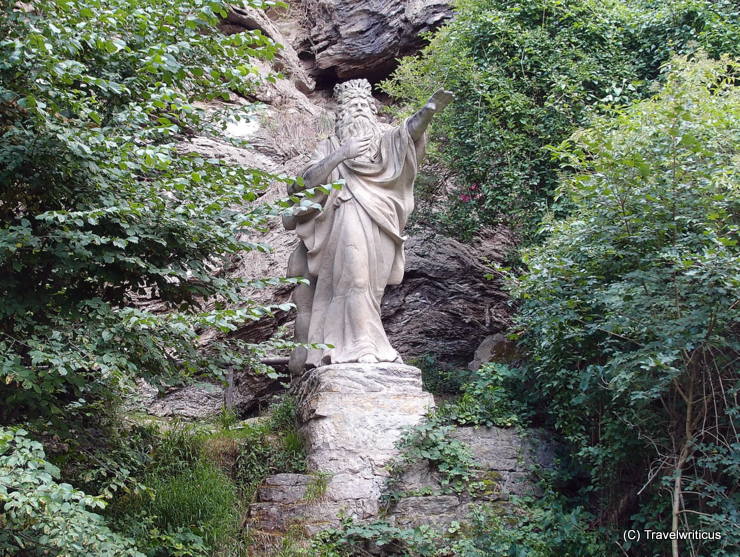
The location of this monument in a foggy area near the lea of the Saale River is obviously a good choice for representing a famous poem written by Johann Wolfgang von Goethe: ‘Erlkönig‘. It was created by Otto Späte in 1891 and is placed at the road between Wenigenjena and Kunitz.
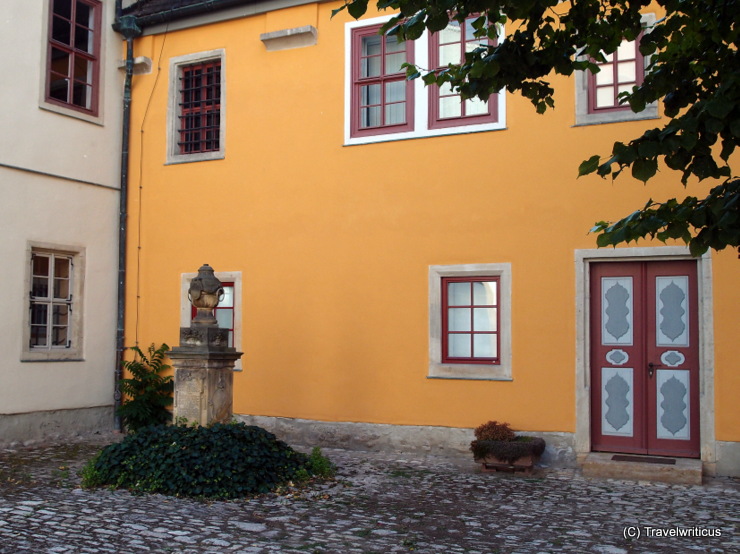
In Germany many universities had one or more dentention rooms for punishing students. Their German name was Karzer. The Karzer of the university of Jena is located behind this cross-barred window depicted above.
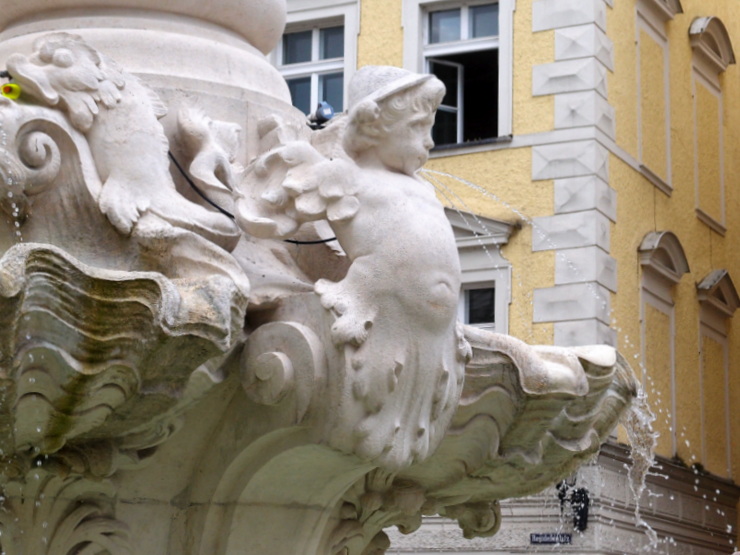
The Wittelsbach Fountain (Wittelsbacher Brunnen) attracted my attention by a sculpture of an angel wearing a Tyrolean hat. The fountain was created by Jacob Bradl. Three angels represents those three rivers Passau is known for: Danube, Inn, Ilz. E.g. the small Tyrolean guy represents the Inn river.
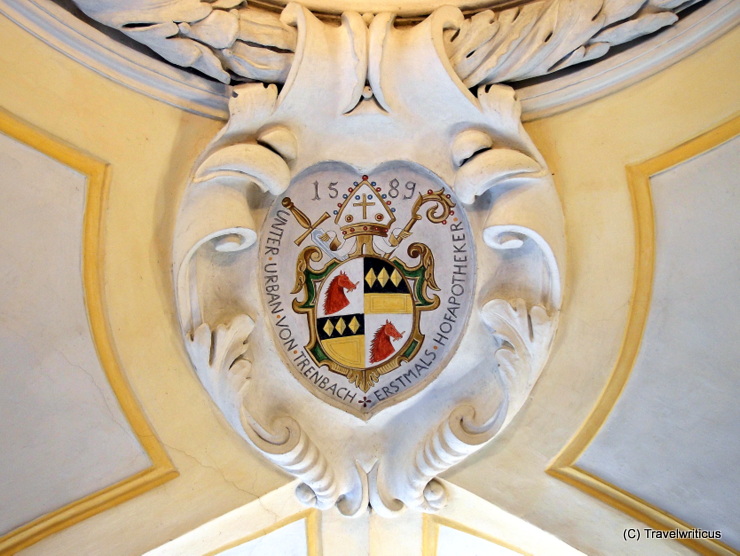
The former court pharmacy of Passau, generally known as Hofapotheke zum Schwarzen Adler, was first mentioned in 1384. It is considered the oldest pharmacy in Bavaria.
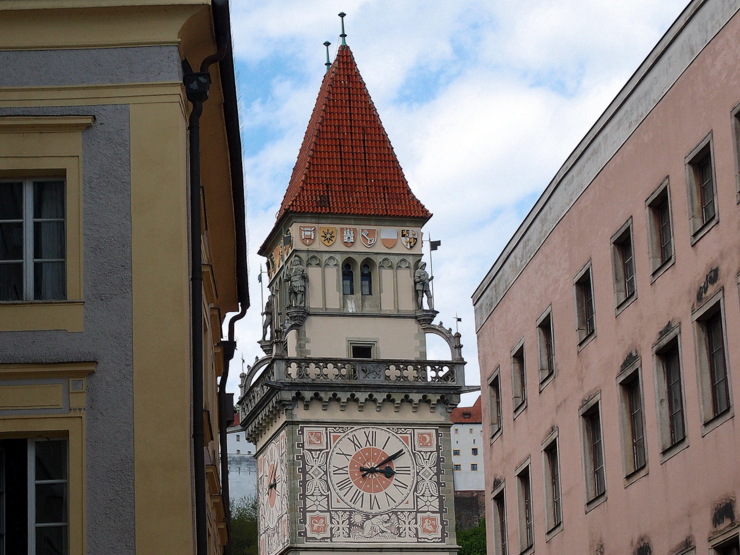
The tower of the city hall was erected between 1889 and 1892 by Heinrich Freiherr von Schmidt in neo-Gothic style. The coats of arms below the roof represent the founding members of the German Empire in 1871.
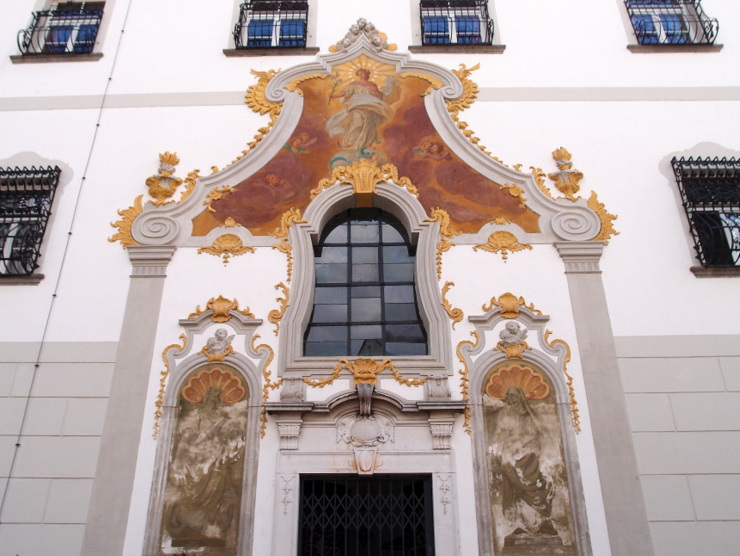
In 1749, innkeeper Lukas Kern donated an orphanage for at least twelve boys and twelve girls. The building, today known as Bürgerliches Waisenhaus or Lukas-Kern-Kinderheim, was erected by Johann Michael Schneitmann.
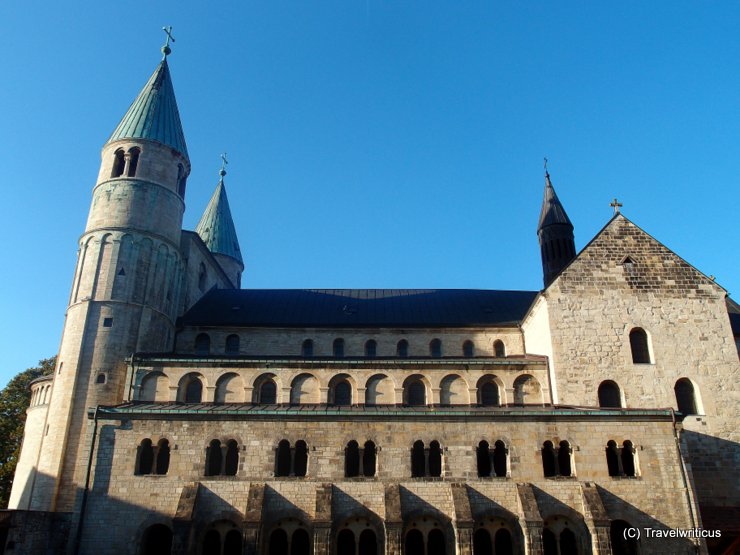
St. Cyriakus was built in the 10th century and is an example of Ottonian architecture. Inside, one can find a late 11th-century copy of the grave of Christ. I was especially surprised by the fact that the layout of this church lacks right angles. The church is part of the Transromanica.